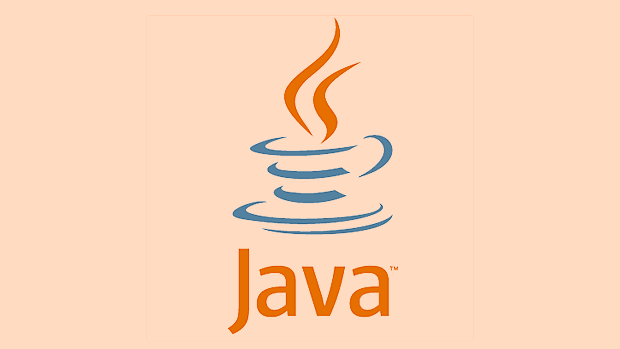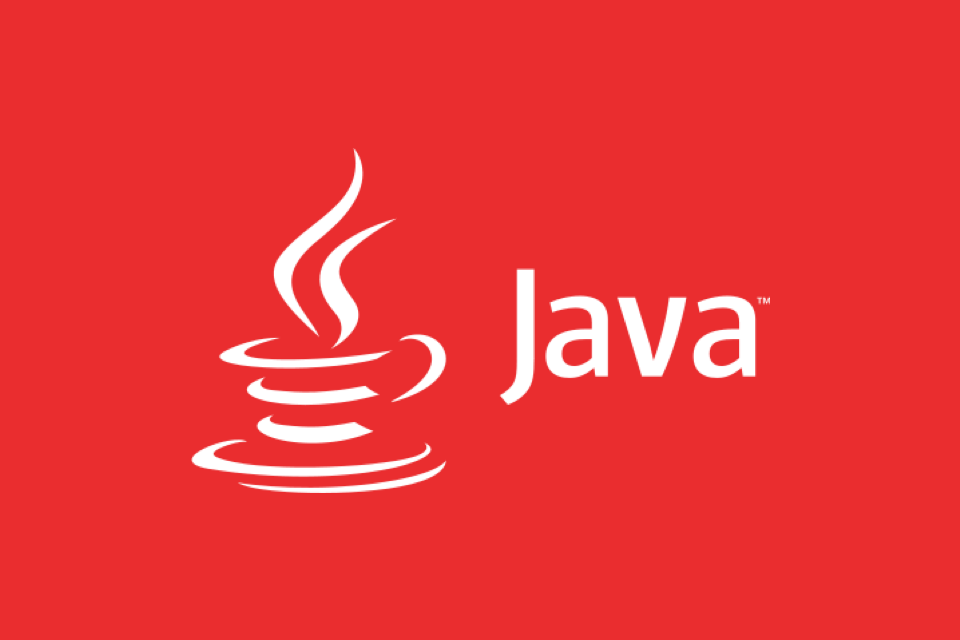High-frequency questions for Java interviews are mainly focused on basic syntax, object-oriented, multithreaded, JVM and collection frameworks. The most common questions include: 1. There are 8 basic Java data types, such as byte, short, int, long, float, double, char and boolean. It is necessary to note that String is not the basic data type; 2. Final is used to modify classes, methods or variables to represent immutable, and finally used to ensure code execution in exception processing. Finalize is an Object class method for cleaning before garbage collection; 3. Multi-thread synchronization can be implemented through synchronized keywords, ReentrantLock, volatile variables and concurrent tool classes; 4. The JVM memory model mainly includes heap, stack, method area and other areas. The garbage collection mechanism involves accessibility analysis, mark-cleaning algorithms, and collectors such as CMS and G1. Mastering the core principles and practical applications of these questions will help improve interview performance.

As a widely used programming language, Java is often highlighted during interviews. Many developers will encounter a common question when preparing for an interview: Which Java knowledge points are the easiest to be asked about? In fact, the real high frequency problems mainly focus on basic syntax, object-oriented, multi-threaded, JVM and collection frameworks. Let’s take a look at some of the most common Java interview questions and give some practical understanding and answer suggestions.

1. What are the basic data types in Java?
This is one of the most common entry-level questions in an interview. Although it seems simple, many people will answer incorrectly or miss details.
Java has 8 basic data types, namely:

-
byte(1 byte) -
short(2 bytes) -
int(4 bytes) -
long(8 bytes) -
float(4 bytes) -
double(8 bytes) -
char(2 bytes) -
boolean(generally considered 1 bit, but depends on the JVM implementation)
Note: Many people mistakenly think that
Stringis a basic data type, but in fact it is a reference type and belongs to a class.
Behind this question is actually to understand your basic understanding of the Java type system. If you can mention their size and default types (such as int and double ), that will add a lot of points.

2. What is the difference between final, finally and finalize?
This is a confusing but very typical Java basic problem.
-
final: used to modify classes, methods or variables, indicating that they are not inheritable, cannot be rewritable or cannot be modified. -
finally: Usually used withtry-catch, the code blocks in it will be executed regardless of whether an exception occurs (unless the JVM is forced to exit). -
finalize(): is a method ofObjectclass. The garbage collector will call it before recycling the object to free resources. However, relying on this mechanism is not recommended because behavior is uncertain.
Tip: You can give examples of
finally's role in resource closure, such as closing file flow or database connection.
This question not only tests memory, but may also extend deeper content such as exception handling mechanisms and resource management.
3. How to implement thread synchronization in multithreading?
Concurrent programming in Java is the highlight of the interview, and thread synchronization is the core knowledge point.
Common implementation methods include:
- Use
synchronizedkeyword: it can modify methods or code blocks to ensure that only one thread executes at the same time. - Use
ReentrantLock: More flexible thansynchronized, supports advanced features such as trying locks and timeouts. - Use
volatile: suitable for scenarios where variable state changes need to be immediately visible, but cannot replace locks. - Use concurrent tool classes: such as
CountDownLatch,CyclicBarrier,Semaphore, etc.
In actual development, it is recommended to use the tool classes under
java.util.concurrentpackage instead of manually implementing complex synchronization logic by yourself.
This problem may extend to deadlocks, thread pools, CAS, AQS, etc. It is recommended to prepare these relevant knowledge points in advance.
4. JVM memory model and garbage collection mechanism
JVM-related knowledge is almost a must-ask for mid-to-high-level Java development positions.
The main memory areas of the JVM include:
- Method area (metaspace)
- heap
- Stack
- Local method stack
- Program Counter
About Garbage Collect (GC):
- Garbage collection is mainly for heap memory.
- The main algorithms for determining whether the object is garbage include citation counting and accessibility analysis.
- Common garbage collection algorithms: mark-clear, copy, mark-organize.
- Different generations (Queen generation, old generation) use different GC algorithms and collectors (such as Serial, Parallel, CMS, G1).
If you can tell the situation and investigation ideas about the OOM or frequent Full GCs you have encountered based on actual projects, it will impress the interviewer even more.
Basically that's it. These questions seem common, but the knowledge points involved are very profound. When preparing, you must not only remember the answers, but also understand the principles and practical application scenarios behind them. Master these and be able to handle most Java interviews with ease.
The above is the detailed content of Top Java interview questions. For more information, please follow other related articles on the PHP Chinese website!

Hot AI Tools

Undress AI Tool
Undress images for free

Undresser.AI Undress
AI-powered app for creating realistic nude photos

AI Clothes Remover
Online AI tool for removing clothes from photos.

Clothoff.io
AI clothes remover

Video Face Swap
Swap faces in any video effortlessly with our completely free AI face swap tool!

Hot Article

Hot Tools

Notepad++7.3.1
Easy-to-use and free code editor

SublimeText3 Chinese version
Chinese version, very easy to use

Zend Studio 13.0.1
Powerful PHP integrated development environment

Dreamweaver CS6
Visual web development tools

SublimeText3 Mac version
God-level code editing software (SublimeText3)

Hot Topics
 How to iterate over a Map in Java?
Jul 13, 2025 am 02:54 AM
How to iterate over a Map in Java?
Jul 13, 2025 am 02:54 AM
There are three common methods to traverse Map in Java: 1. Use entrySet to obtain keys and values at the same time, which is suitable for most scenarios; 2. Use keySet or values to traverse keys or values respectively; 3. Use Java8's forEach to simplify the code structure. entrySet returns a Set set containing all key-value pairs, and each loop gets the Map.Entry object, suitable for frequent access to keys and values; if only keys or values are required, you can call keySet() or values() respectively, or you can get the value through map.get(key) when traversing the keys; Java 8 can use forEach((key,value)->
 Java Optional example
Jul 12, 2025 am 02:55 AM
Java Optional example
Jul 12, 2025 am 02:55 AM
Optional can clearly express intentions and reduce code noise for null judgments. 1. Optional.ofNullable is a common way to deal with null objects. For example, when taking values ??from maps, orElse can be used to provide default values, so that the logic is clearer and concise; 2. Use chain calls maps to achieve nested values ??to safely avoid NPE, and automatically terminate if any link is null and return the default value; 3. Filter can be used for conditional filtering, and subsequent operations will continue to be performed only if the conditions are met, otherwise it will jump directly to orElse, which is suitable for lightweight business judgment; 4. It is not recommended to overuse Optional, such as basic types or simple logic, which will increase complexity, and some scenarios will directly return to nu.
 Comparable vs Comparator in Java
Jul 13, 2025 am 02:31 AM
Comparable vs Comparator in Java
Jul 13, 2025 am 02:31 AM
In Java, Comparable is used to define default sorting rules internally, and Comparator is used to define multiple sorting logic externally. 1.Comparable is an interface implemented by the class itself. It defines the natural order by rewriting the compareTo() method. It is suitable for classes with fixed and most commonly used sorting methods, such as String or Integer. 2. Comparator is an externally defined functional interface, implemented through the compare() method, suitable for situations where multiple sorting methods are required for the same class, the class source code cannot be modified, or the sorting logic is often changed. The difference between the two is that Comparable can only define a sorting logic and needs to modify the class itself, while Compar
 How to fix java.io.NotSerializableException?
Jul 12, 2025 am 03:07 AM
How to fix java.io.NotSerializableException?
Jul 12, 2025 am 03:07 AM
The core workaround for encountering java.io.NotSerializableException is to ensure that all classes that need to be serialized implement the Serializable interface and check the serialization support of nested objects. 1. Add implementsSerializable to the main class; 2. Ensure that the corresponding classes of custom fields in the class also implement Serializable; 3. Use transient to mark fields that do not need to be serialized; 4. Check the non-serialized types in collections or nested objects; 5. Check which class does not implement the interface; 6. Consider replacement design for classes that cannot be modified, such as saving key data or using serializable intermediate structures; 7. Consider modifying
 How to handle character encoding issues in Java?
Jul 13, 2025 am 02:46 AM
How to handle character encoding issues in Java?
Jul 13, 2025 am 02:46 AM
To deal with character encoding problems in Java, the key is to clearly specify the encoding used at each step. 1. Always specify encoding when reading and writing text, use InputStreamReader and OutputStreamWriter and pass in an explicit character set to avoid relying on system default encoding. 2. Make sure both ends are consistent when processing strings on the network boundary, set the correct Content-Type header and explicitly specify the encoding with the library. 3. Use String.getBytes() and newString(byte[]) with caution, and always manually specify StandardCharsets.UTF_8 to avoid data corruption caused by platform differences. In short, by
 JavaScript Data Types: Primitive vs Reference
Jul 13, 2025 am 02:43 AM
JavaScript Data Types: Primitive vs Reference
Jul 13, 2025 am 02:43 AM
JavaScript data types are divided into primitive types and reference types. Primitive types include string, number, boolean, null, undefined, and symbol. The values are immutable and copies are copied when assigning values, so they do not affect each other; reference types such as objects, arrays and functions store memory addresses, and variables pointing to the same object will affect each other. Typeof and instanceof can be used to determine types, but pay attention to the historical issues of typeofnull. Understanding these two types of differences can help write more stable and reliable code.
 Java method references explained
Jul 12, 2025 am 02:59 AM
Java method references explained
Jul 12, 2025 am 02:59 AM
Method reference is a way to simplify the writing of Lambda expressions in Java, making the code more concise. It is not a new syntax, but a shortcut to Lambda expressions introduced by Java 8, suitable for the context of functional interfaces. The core is to use existing methods directly as implementations of functional interfaces. For example, System.out::println is equivalent to s->System.out.println(s). There are four main forms of method reference: 1. Static method reference (ClassName::staticMethodName); 2. Instance method reference (binding to a specific object, instance::methodName); 3.
 What is the 'static' keyword in Java?
Jul 13, 2025 am 02:51 AM
What is the 'static' keyword in Java?
Jul 13, 2025 am 02:51 AM
InJava,thestatickeywordmeansamemberbelongstotheclassitself,nottoinstances.Staticvariablesaresharedacrossallinstancesandaccessedwithoutobjectcreation,usefulforglobaltrackingorconstants.Staticmethodsoperateattheclasslevel,cannotaccessnon-staticmembers,






